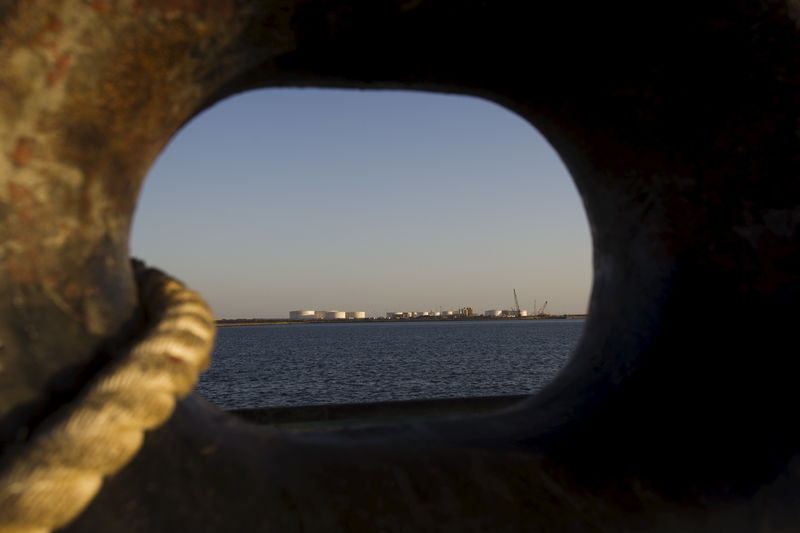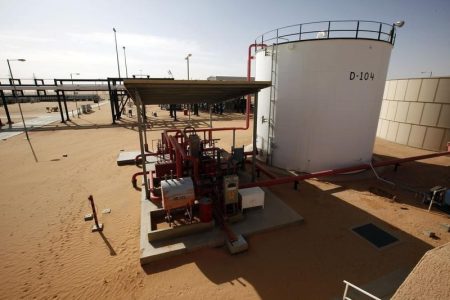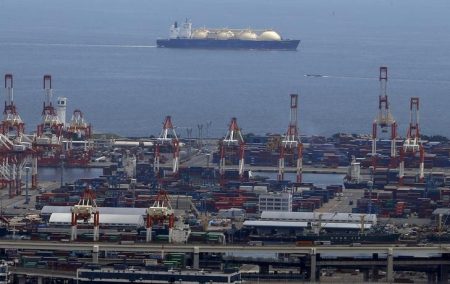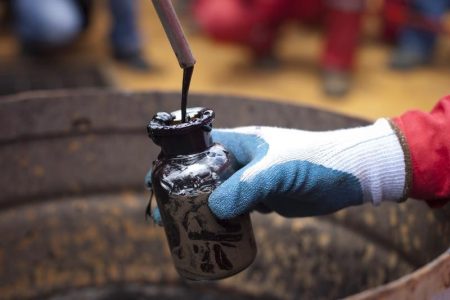By Nichola Groom
(Reuters) -The Biden administration on Thursday proposed a sharp increase in bonding rates to cover the cost of plugging abandoned oil and gas wells and rules to limit development in sensitive wildlife and cultural areas.
The proposals were among a range of leasing reforms designed to ensure fair taxpayer returns from drilling on federal lands, discourage speculation and address environmental harms from fossil fuel extraction, the Interior Department said.
“This is common sense,” an Interior official said in an interview, on condition of anonymity. “We believe this is how Americans expect their leasing program to be managed on their behalf.”
While many of the proposals, including higher royalty rates, formalize provisions in the Inflation Reduction Act (IRA) that passed last year, the proposal to increase the bonding rate for a single lease by 15 times stems from a review of the program Interior conducted in 2021.
U.S. President Joe Biden vowed during his election campaign to end federal oil and gas drilling as part of a climate change agenda. But the IRA effectively guaranteed continued drilling rights auctions on federal lands for at least another decade as a concession to the powerful oil and gas lobby.
Several large environmental and conservation groups, including the League of Conservation Voters and the Natural Resources Defense Council, praised the new rules as long overdue.
Others, including the Center for Biological Diversity and Friends of the Earth, however urged Biden in a letter to reduce federal oil and gas production to “near-zero” by 2030, citing fossil fuels’ contribution to climate change.
An oil and gas group, the Western Energy Alliance, said the new bonding levels were “excessive” and would push businesses that contribute to federal coffers off public lands.
“The administration’s goal is to increase the cost of new wells to the point that there are fewer of them,” Alliance President Kathleen Sgamma said in an email.
Drillers are required to pay an upfront bond to cover future cleanups if they go belly-up. A government analysis in 2019 found that existing levels were inadequate, often forcing taxpayers to cover the cost of closing wells. Improperly plugged wells can release the climate-warming gas methane into the atmosphere and pose other environmental and safety hazards.
Under the proposal, the minimum lease bond would rise to $150,000 from the existing $10,000 – a level that has been in place for more than 60 years. The minimum for a statewide bond – which would cover all leases and operations in a single state – would rise to $500,000 from the current $25,000.
Interior also said its proposed rule would prioritize leasing in areas with existing infrastructure and high potential for oil and gas production.
About 10% of the nation’s oil and gas comes from federal onshore leases, and the program raised more than $9 billion for federal and state budgets last year.
Under Biden, Interior has leased far less acreage than previous administrations over the last decade. The Interior official would not speculate on whether that trend would continue under the proposed rules.
Read the full article here















